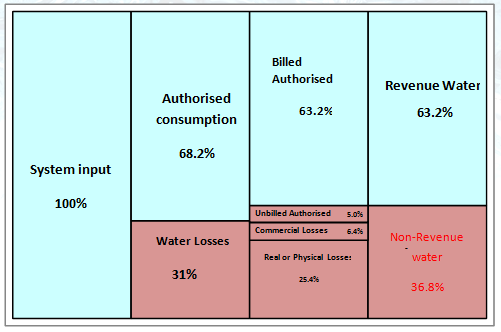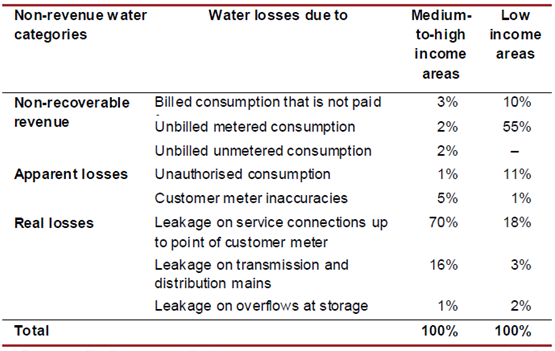The Product
The product is based on the principle of displacing just enough water to still enable the flushing of the toilet. Currently cisterns hold 9-15 litres of clean drinking water which is dispensed with each flush.
This varies with dual flush toilets which dispenses about 55% (5-8 litres) of water for the smaller mechanism and 95% (8.5–14 litres)for the larger mechanism.
The intervention is immediate, and requires little technical skill for installation.
The product is made from recycled plastic and weighed down with sand. It weighs just under 2kg and displaces 1.3L of water.Erosion and blocking of the toilet is prevented, as the plastic is non-corrosive and once the cistern lid is replaced, the unit is completely out of sight.
The product is also portable, solid and durable

The installation of the block aims to achieve a drop in:
- The amount of water used per household
- The amount of money spent on water bills
- The impact of cleaning water for potable use
- The costs of getting the water to the user. International norms for energy consumption show that in developed countries, water supplies consume between 2% and 3% of all energy produced.
- The non-revenue water which is close to 40% of the total input water volume in South Africa
TARGET POPULATION

Figure 1: The International Water association (IWA) Water Balance model adjusted for South Africa

Table 1: Non-revenue water and causes per income area in 2005, South Africa
As depicted on the above diagram, revenue collection is lowest in low income communities. Water revenue loss is also exacerbated by the low rate of repair in these communities. These include leaky taps, toilets, showers, cracked baths and burst or leaking pipes.
The project has there fore identified the low income bracket as the target group as 55% of their consumption is unbilled. Reducing usage can impact the number of unbilled litres extensively.
The cumulative effect of education and empowering these communities delivers a much bigger impact than targeting the higher income earners who have more access to resources, information and services and also represent a smaller part of the population.
|